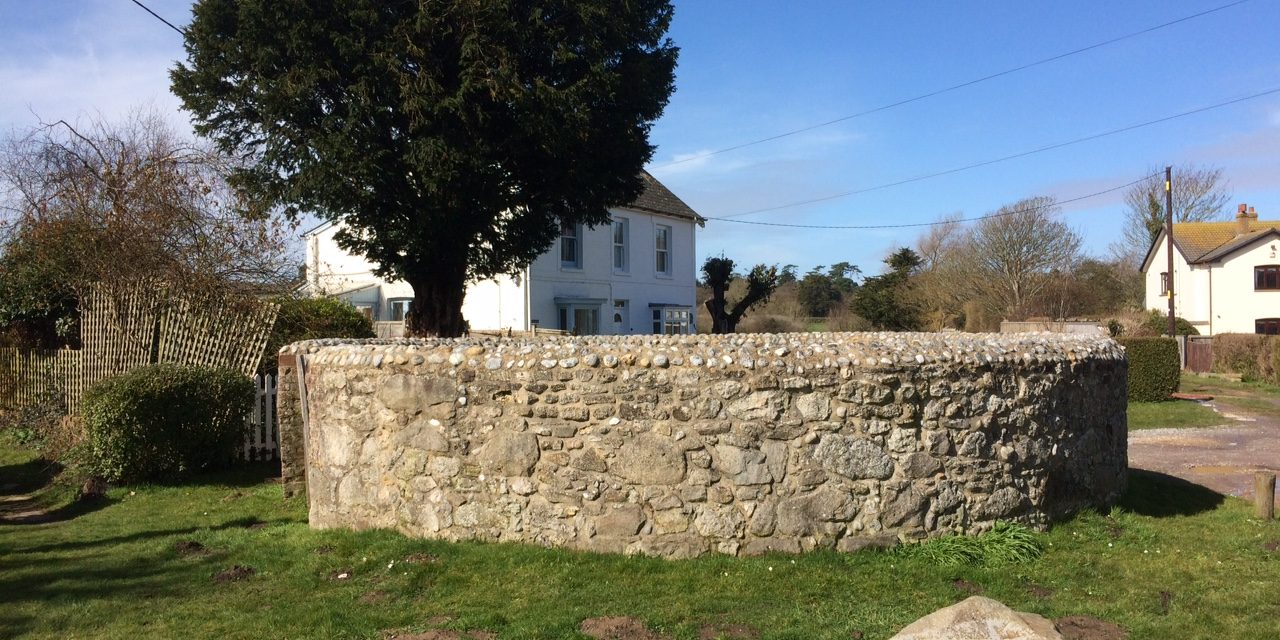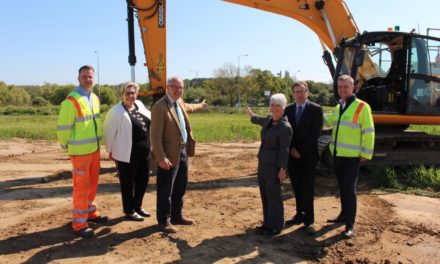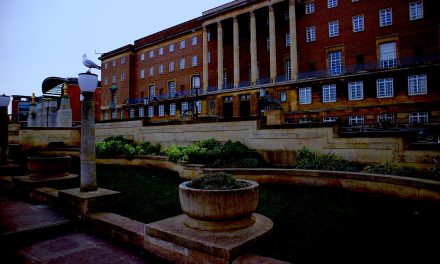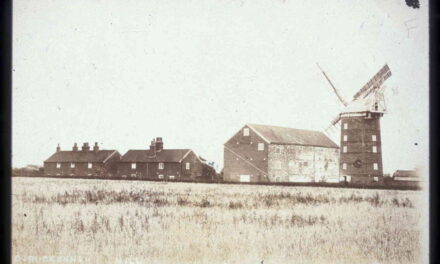Local Green Space at Pound Green, Freshwater, Isle of Wight.
The Open Spaces Society, Britain’s oldest national conservation body, has criticised the Ministry of Housing, Communities and Local Government for its lack of protection of open space. The ministry has recently consulted on a revised National Planning Policy Framework (NPPF), to which the Open Spaces Society has responded.
In particular, the society believes that the proposed new NPPF undermines the Local Green Space (LGS) designation and fails to give adequate protection to land registered as common land or as a town or village green.
The society believes that LGS should provide opportunities for public enjoyment and well-being and that common land and town and village greens should be regarded as a ‘material consideration’ for planning. Commons and greens should also be included in the new definitive list of sites which are protected from development (footnote 7 to the revised NPPF), otherwise they will be considered fair game for developers.
Says Nicola Hodgson, one of the Open Spaces Society’s case officers: ‘The planning system should not duck out of responsibility to protect commons and greens just because there is a separate regime for regulating works on common land. That regime should not be regarded as a substitute for protective planning policies.
‘Common land is vital for its wildlife habitats, landscape, cultural heritage and opportunities for informal recreation. Town and village greens are equally important for the health and well-being of local communities.
‘While LGS is an excellent concept, it is no substitute for commons and greens. In any case, there has never been a clear process for LGS designation, nor is there guidance on how it should be managed. The NPPF only affords LGS the same level of protection as green belt and LGS confers no rights of access for the public.
‘We hoped that the revised NPPF would take the opportunity to set out how LGS can be a clear part of the planning process. We were greatly disappointed to find that it will instead be undermined. Planning authorities have different interpretations of the LGS criteria and of how to designate land. Even when local people have applied for land to be designated as LGS, because they believe it to be special, there is nothing to stop a planning application from being considered and determined.
‘Since LGS is alleged to have the same protection as green belt, the LGS designation is further weakened by the proposal to allow green belt to be considered for development through neighbourhood plans. If green belt is to be developed, we argue that additional green accessible space must be made available,’ Nicola declares.
The Open Spaces Society was founded in 1865 and is Britain’s oldest national conservation body. It campaigns to protect common land, village greens, open spaces and public paths, and people’s right to enjoy them. The first NPPF was published in 2012. Now the Ministry of Housing, Communities and Local Government has consulted on a revised NPPF.
Local Green Space (LGS) was introduced in the 2012 NPPF, paras 76-77. LGS must not be extensive but it must be local in character, close to the communities it serves and demonstrably special to that community. Once designated in the plan, the land is safe from development except in special circumstances. Because of the uncertainties of interpretation, few LGSs have been designated. Common land exists throughout England and Wales. It is land subject to rights of common, to graze animals or collect wood for instance, or waste land of the manor not subject to rights. The public has the right to walk on all commons and to ride on many. Ministerial consent is required, in addition to any planning permission, before works can be erected on commons.
Land can be registered as a town or village green if it has been used by local people for ‘lawful sports and pastimes’ (ie informal recreation) for 20 years freely and openly. The registration authority is the county or unitary council. Once registered, the land is protected from encroachment and development by section 12 of the Inclosure Act 1857 and section 29 of the Commons Act 1876. Local people have the right to enjoy it for informal recreation.






Recent Comments